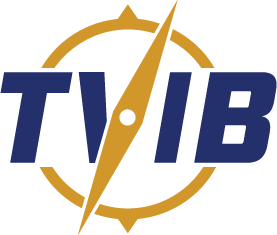USCG: CG-CVC Policy Letter 17-10 Deficiency Recording and Reporting for Vessels Using a Towing Safety Management System (TSMS) Option
11/28/2017
The Coast Guard Office of Commercial Vessel Compliance issued CG-CVC Policy Letter 17-10 Deficiency Recording and Reporting for Vessels Using a Towing Safety Management System (TSMS) Option,
PURPOSE. The purpose of this policy letter is to provide guidance to the Towing Vessel National Center of Expertise (NCOE), Officer(s) in Charge, Marine Inspection (OCMI), Third Party Organizations (TPO), and the marine industry on the recording and reporting of deficiencies and non-conformities on vessels whose owners have chosen to use the TSMS option.
